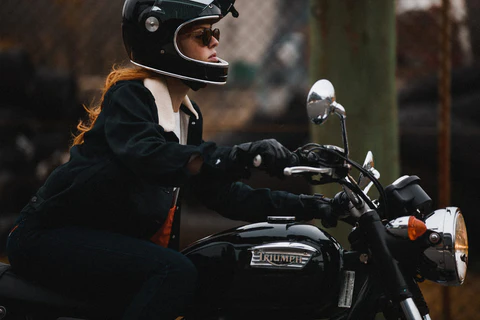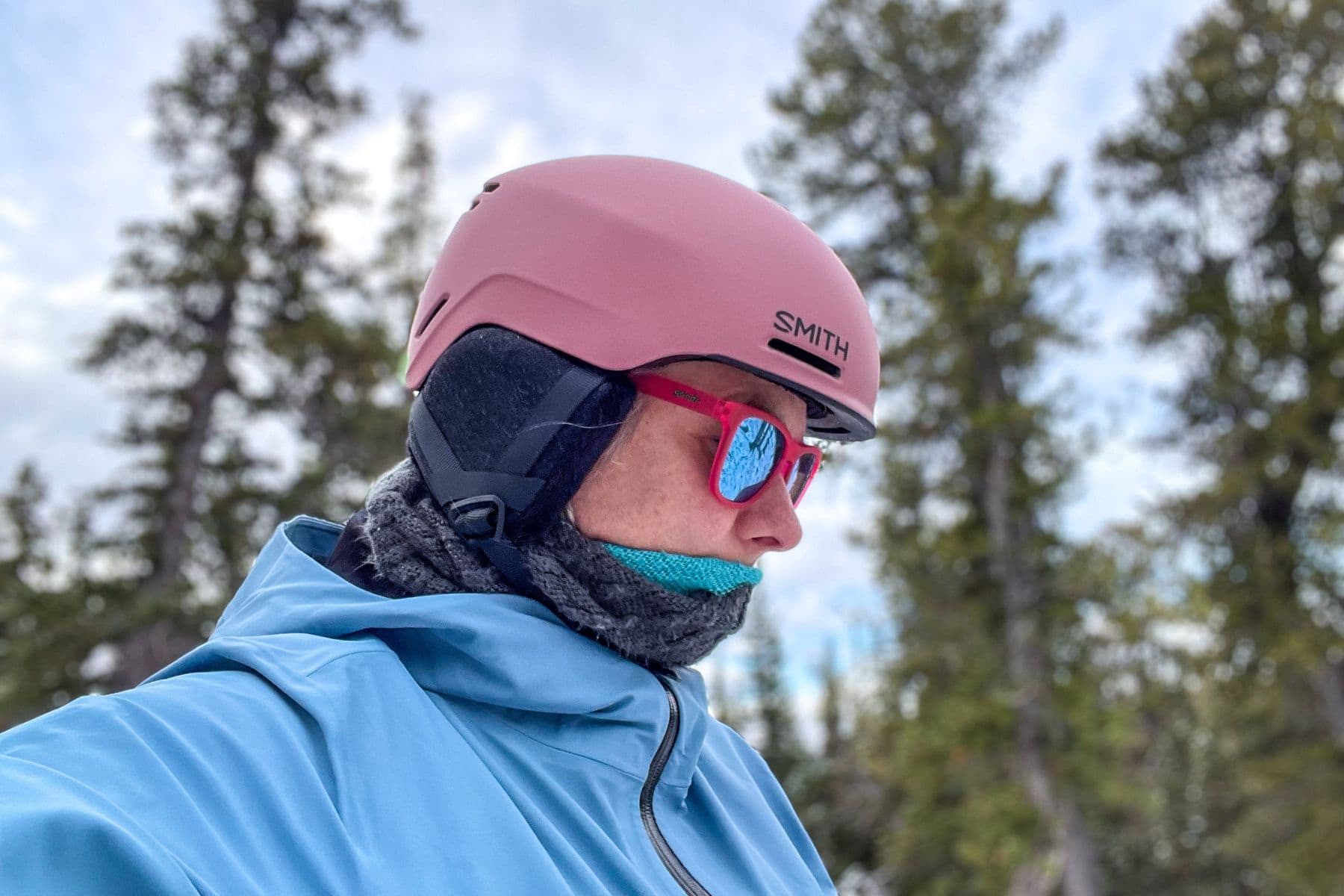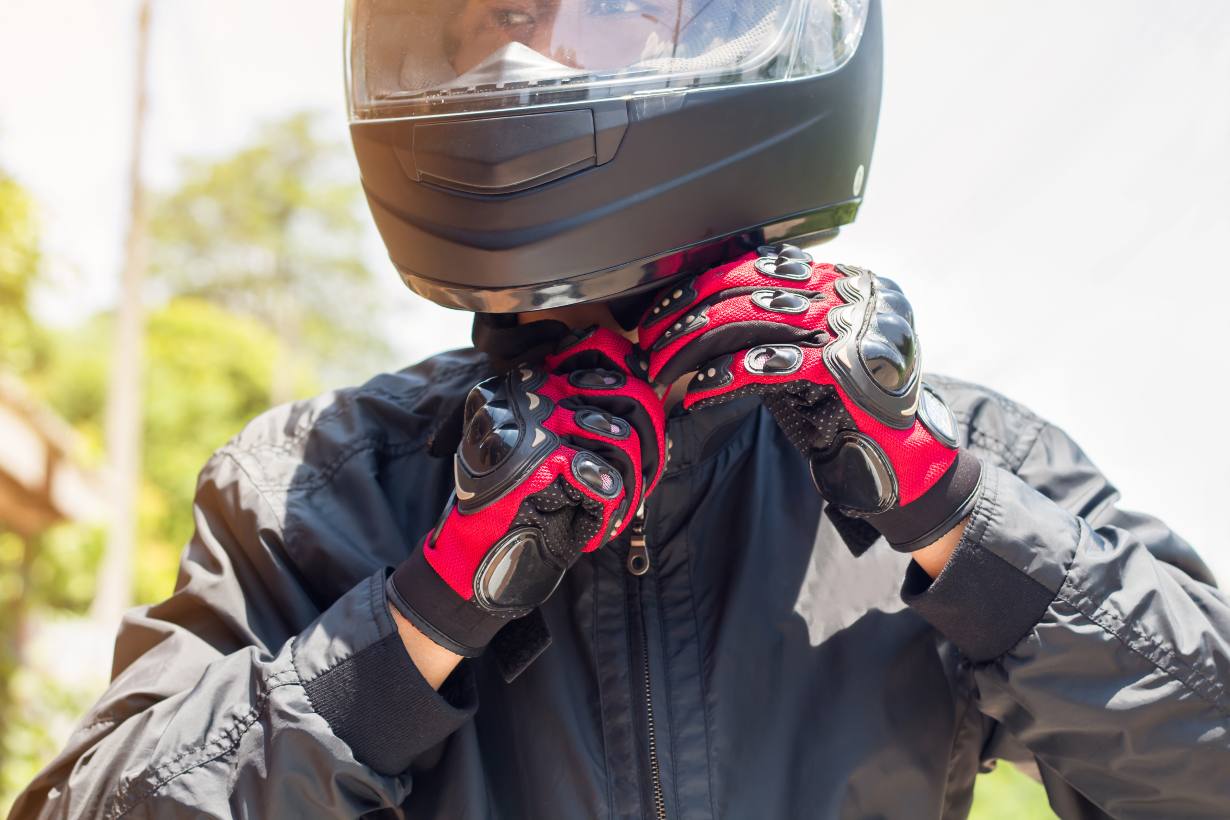For cyclists who love spending hours on the road, choosing the right helmet is crucial. Long rides require a helmet that not only ensures safety but also offers maximum comfort, ventilation, and light weight to minimize fatigue.
In this guide, we’ll cover the essential features of helmets suited for long rides, top brands to consider, and tips for selecting a helmet that will keep you protected and comfortable mile after mile.
Why a Special Helmet Matters for Long Rides
Unlike short commutes or leisurely spins around the neighborhood, long rides put your body through hours of endurance. A helmet that’s not optimized for long durations can lead to discomfort, increased fatigue, and even compromise safety. Helmets designed for long rides prioritize factors like weight, airflow, and fit to ensure that your helmet remains comfortable and secure, even after hours on the road.
Key Features to Look for in a Bicycle Helmet for Long Rides
When choosing a helmet for extended rides, certain features can make a big difference in comfort and performance. Here’s what to prioritize:
- Lightweight Design
A lightweight helmet is essential for long rides. The lighter the helmet, the less strain on your neck and shoulders, which can prevent fatigue. Many helmets for long-distance rides are constructed with lightweight materials like polycarbonate or carbon fiber without sacrificing strength. - Ventilation and Airflow
Good ventilation is a must to keep your head cool and prevent sweat buildup, especially during long, hot rides. Look for helmets with numerous vents and internal air channels that allow air to flow smoothly, keeping you cool while minimizing wind resistance. - Comfortable Padding
The interior padding should be soft, breathable, and moisture-wicking to keep sweat from dripping down your face. Some helmets come with removable, washable liners that make it easy to keep your helmet fresh and clean. Look for helmets with extra padding around high-contact areas, like the forehead and temple. - Secure Fit System
A helmet that shifts around is not only uncomfortable but also unsafe. Most helmets come with an adjustable fit system, like a rear dial, that lets you customize the fit for your head shape. A snug, secure fit will keep the helmet stable without causing pressure points or discomfort. - MIPS (Multi-Directional Impact Protection System)
MIPS technology adds an extra layer of safety by reducing rotational forces in the event of an angled impact. This feature is especially recommended for road cyclists who spend hours on the road, as it offers additional protection from different angles. - Low Profile and Aerodynamics
Long-distance helmets are designed to reduce drag and enhance aerodynamics, allowing you to ride faster with less resistance. A low-profile design minimizes wind resistance and makes it easier to maintain your speed without expending extra energy. - Visibility Features
Longer rides often mean early morning starts or late finishes. Many helmets come with reflective elements or integrated lights to increase visibility, ensuring that you remain visible to other road users in low-light conditions.
Types of Bicycle Helmets Suitable for Long Rides
Different types of helmets cater to different riding styles. Here are the best options for those who go on extended rides:
- Road Bike Helmets
Road helmets are lightweight, aerodynamically shaped, and feature ample ventilation, making them ideal for long-distance riding. These helmets prioritize airflow and reduced drag, allowing you to ride at faster speeds comfortably. - Endurance Helmets
Designed specifically for long-distance and endurance cycling, these helmets focus on maximizing comfort and stability over extended periods. They often include additional padding and enhanced fit systems, making them a perfect choice for those embarking on marathon rides. - Commuter Helmets with Enhanced Comfort
Some commuter helmets come with features like MIPS and increased padding, making them comfortable for longer rides. While they may lack the aerodynamic shape of a dedicated road helmet, they’re often well-suited for cyclists who prioritize comfort over speed.
Popular Bicycle Helmet Brands for Long Rides
Several brands offer helmets that are specially designed for long-distance cycling. Here are some of the top brands to consider:
- Giro
Giro offers a wide range of helmets, including lightweight and well-ventilated models ideal for road cycling. Many Giro helmets include MIPS technology and are known for their comfortable fit systems, which make them a go-to choice for long-distance riders. - Bell
Bell helmets combine advanced safety features with comfort. They’re known for their excellent ventilation systems and lightweight designs, with options like the Bell Stratus, which includes MIPS and an adjustable fit system for added comfort. - Specialized
Specialized helmets often feature ANGi sensors, which alert emergency contacts in case of a fall. These helmets are designed with long rides in mind, offering lightweight builds, ventilation, and advanced safety technology. - Kask
Kask helmets are renowned for their quality, comfort, and lightweight design. Models like the Kask Mojito and Kask Protone offer great ventilation, a snug fit, and are highly popular among road cyclists for extended rides. - POC
POC’s helmets emphasize safety without compromising on comfort. They often come with MIPS and other impact-reduction technology, making them ideal for long rides where safety and comfort are top priorities.
Tips for Choosing the Right Helmet for Long Rides
Here are some tips to help you find the perfect helmet for long-distance cycling:
- Try Before You Buy
When possible, try the helmet on before purchasing. A helmet that feels comfortable initially may cause discomfort over time if it’s not well-fitted. Look for helmets with customizable fit systems to ensure comfort. - Consider Aerodynamics and Weight
Lightweight, aerodynamic helmets reduce strain and make it easier to maintain speed. While features like MIPS add slight weight, it’s worth the trade-off for added safety. - Opt for a Helmet with Extra Padding
If you plan on riding for hours, prioritize helmets with thick, soft padding, especially around pressure points. Extra padding not only enhances comfort but also helps with moisture management, keeping sweat at bay. - Look for Helmets with Low Drag Designs
Aerodynamic helmets are especially valuable for long rides. Look for models that streamline airflow to reduce resistance and improve speed efficiency. - Keep Visibility in Mind
Choose helmets with reflective details or mountable lights if you plan on starting early or riding into the evening. Enhanced visibility is essential for safety on long rides that might stretch across different times of day.
Essential Helmet Accessories for Long Rides
Consider these accessories to enhance your comfort and safety on long rides:
- Helmet Liner or Skull Cap
A thin liner or skull cap under your helmet can help wick sweat and provide extra warmth on cooler days without compromising the helmet’s fit. - Sunglasses or a Visor
Sun protection is vital for long rides. Many helmets come with visors, or you can wear sunglasses to shield your eyes from the sun’s glare. - Helmet-Mounted Light
If you’ll be riding in low-light conditions, a helmet-mounted light can improve your visibility. Many long-ride helmets have mounts for lights, which is helpful for early morning or evening rides. - Additional Padding
If your helmet padding is thin or uncomfortable, you can find add-on pads to increase comfort. Just be sure not to add too much bulk, as this could compromise the fit.
Caring for Your Bicycle Helmet on Long Rides
Proper helmet care ensures it remains effective and comfortable. Here are a few maintenance tips:
- Clean the Helmet Regularly
Use mild soap and water to clean the helmet and padding, removing sweat and grime after long rides. Avoid using harsh chemicals, as they can damage the helmet’s materials. - Replace Padding as Needed
Helmet padding can wear out over time, so consider replacing it if it becomes thin or worn. Some brands offer replacement padding specifically for their helmet models. - Check for Damage
Inspect your helmet regularly for signs of wear or damage, especially after a long ride. If you notice cracks or other issues, replace the helmet to ensure continued protection.
Final Thoughts
Choosing the right helmet for long rides is about finding a balance between safety, comfort, and performance.
Lightweight materials, adjustable fit systems, and excellent ventilation are all essential features that will keep you feeling fresh and focused, even on the longest journeys.
By investing in a quality helmet that meets these criteria, you’ll be better prepared to tackle extended rides with confidence and comfort. Happy cycling, and enjoy the open road!








